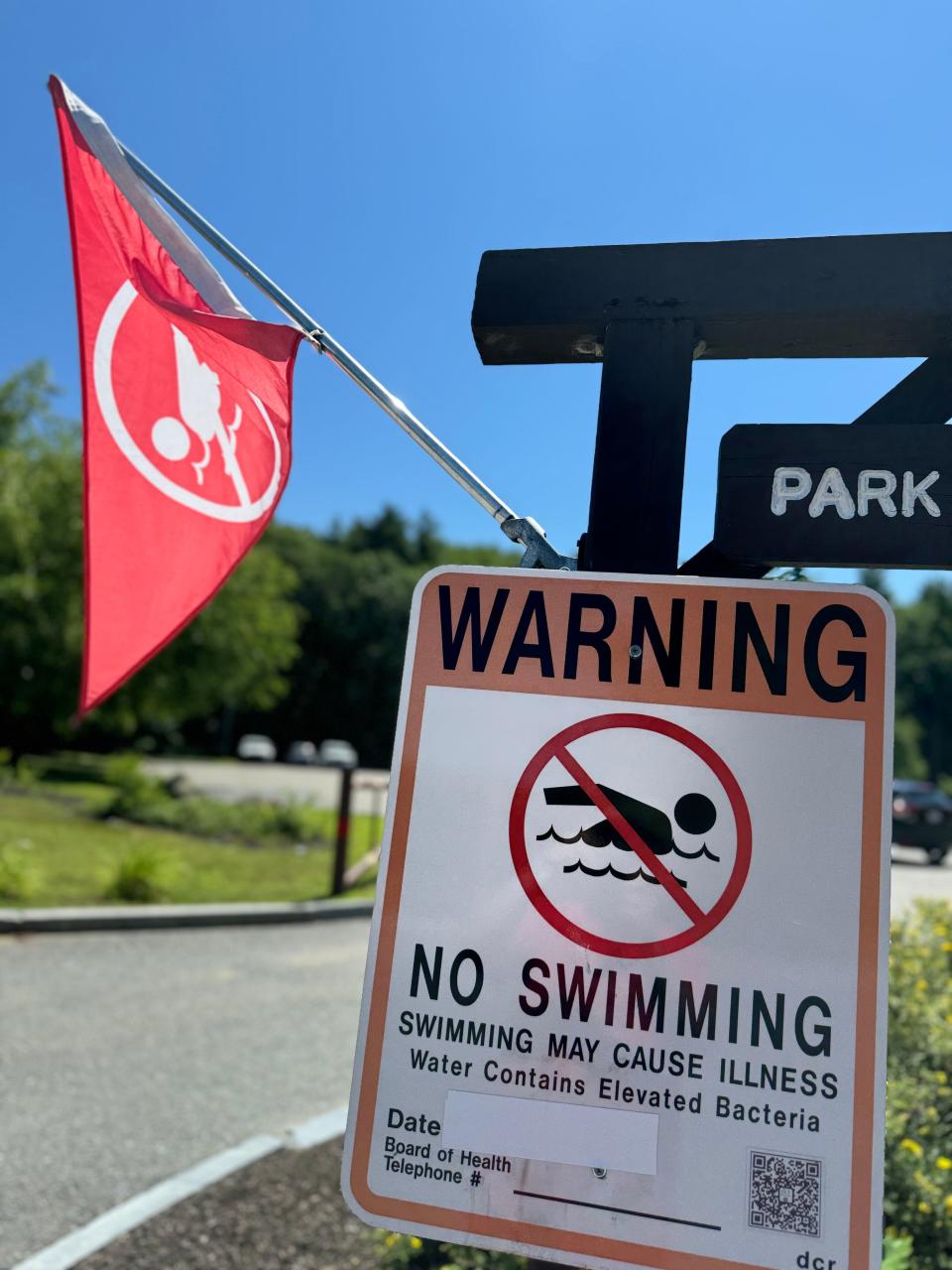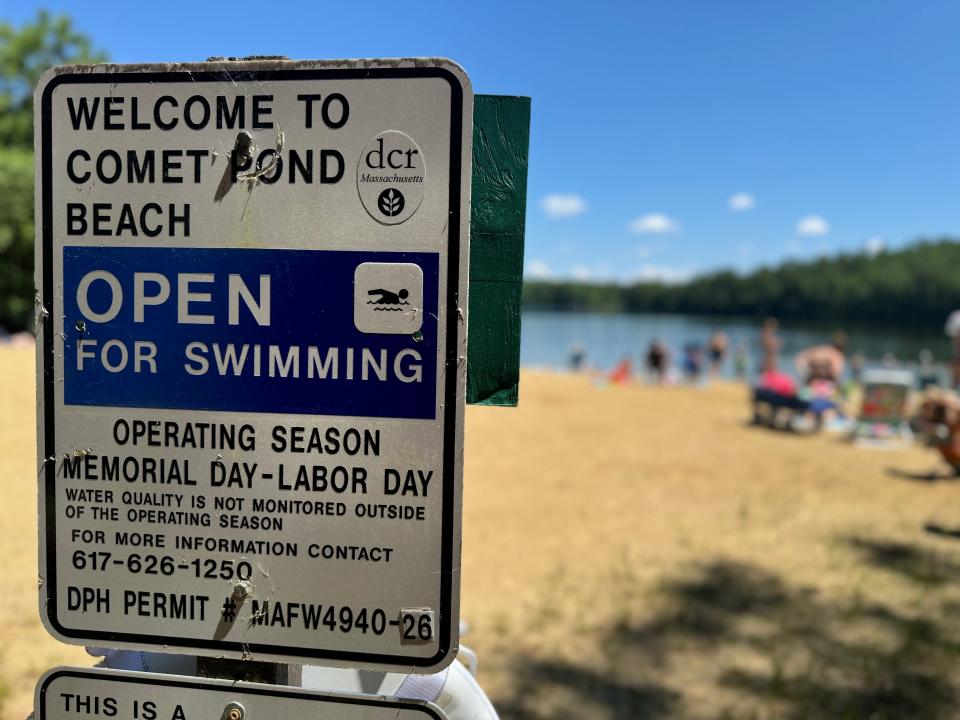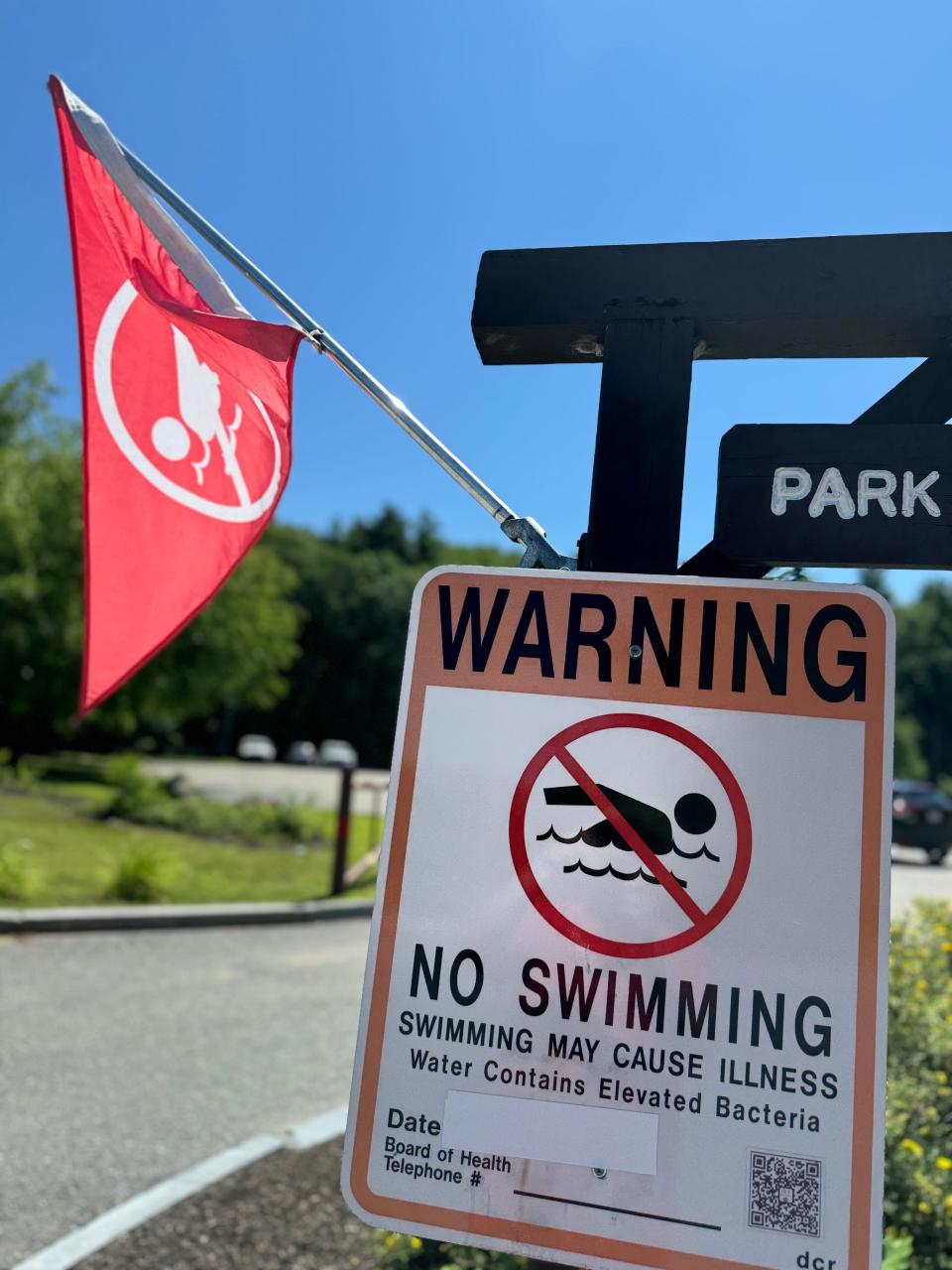Summer, of course, means swimming.
But when it comes to bacteria spoiling the hot-weather fun, not all of the state’s over 1,000 freshwater and marine beaches are created equal, according to the Massachusetts Environmental Public Health Tracking website. Some beaches are closed due to unsafe bacteria levels in the water more often than others.
Beaman Pond in Templeton and Dunn Pond in Gardner were closed to swimmers on Monday, July 8. Residents are encouraged to check online to see which ponds are open for swimming before packing up and heading out to the beach.
State law requires that all beaches be regularly monitored for the presence of bacteria, and closed when pollution levels are unsafe for people to swim in. Swimming in bacteria-ridden water can lead to illness including nausea, sore throat, earache, skin rash, or fever.

Which North Central Massachusetts beaches are closed most often?
Locally, the two ponds in Gardner and Templeton were mostly likely to be closed to swimmers.
Of six local beaches, four had no violations during the summer of 2023 – Lake Dennison in Winchendon, Asnacomet Pond in Hubbardston, Crocker Pond in Westminster, and Queen Lake in Phillipston. Water samples at each beach were tested at least 14 times for E. coli and Enterococci between May and August.
By comparison, there were unsafe levels of Enterococci recorded 11 times at Beaman Pond in the Otter River State Forest in Baldwinville, and four violations of Enterococci were detected at Dunn Pond in Gardner during the summer swimming months in 2023.

The previous year showed similar results. No violations were reported at Asnacomet Pond, Queen Lake, or Crocker Pond in 2022. Three violations were recorded at Lake Dennison.
Dunn Pond and Beaman Pond had 12 and eight violations, respectively, between May and August 2022.
Why do Massachusetts beaches close
Most beaches are considered unsafe for swimming when testing shows levels of Enterococci or E. coli exceeding state limits on two consecutive days. Some beaches with a history of multi-day exceedances might be required to close after a single test showing unacceptable levels of bacteria.
Officials can close beaches to swimming for non-bacterial-related reasons, including harmful algae blooms, poor visibility in the water, strong riptides, and other physical or chemical hazards.
Shark Week 2024 is in full swing: Here’s how to watch if you don’t have cable
State officials remind residents that just because a lake or pond has been closed to swimming, it does not mean the public cannot still go to the beach for other activities. Although it’s not quite the same without being able to go into the water, people can still engage in safe recreational beach activities, including having a picnic, playing volleyball and football, and sunbathing.
When are closed beaches usually reopened?
Beaches remain closed until test results from laboratory analysis show bacteria levels are back to within an acceptable range for water to be safe for swimming. Because it takes about 24 hours for water samples to be tested, beaches will typically be closed for at least a day or two following an exceedance.
How often are beaches tested?
State inspectors take water samples from lakes and ponds for testing during the summer swimming season, which runs from the end of May until the end of August. Depending on the beach, water can between anywhere from daily to monthly, but the majority of beaches are tested once per week.
Real-time river water levels: Updated data, info on the water level in US rivers
Testing frequency depends on how likely the beach is to have water quality issues. Low-use beaches or beaches with few, if any, water quality issues are tested less often. High-use beaches or beaches with historic water quality issues are tested more often.
How do bacteria get into beach water?
Bacteria can enter lakes and ponds from a variety of sources, according to officials, including stormwater runoff, failing or malfunctioning septic systems, sewer overflow, leaking sewer pipes, wildlife and pet waste, and agricultural runoff.
State officials also say the public can play a part in keeping their local beaches safe for swimming. Tips include cleaning up after pets, using public restrooms, picking up and properly disposing trash, and keeping out of the water if you’re not feeling well. Also, do not feed the birds because it only encourages them to hang out at the beach, which increases the risk of fecal matter getting into the water.
This article originally appeared on Gardner News: Gardner area beach closure: How often the water is unsafe for swimming
EMEA Tribune is not involved in this news article, it is taken from our partners and or from the News Agencies. Copyright and Credit go to the News Agencies, email news@emeatribune.com Follow our WhatsApp verified Channel





